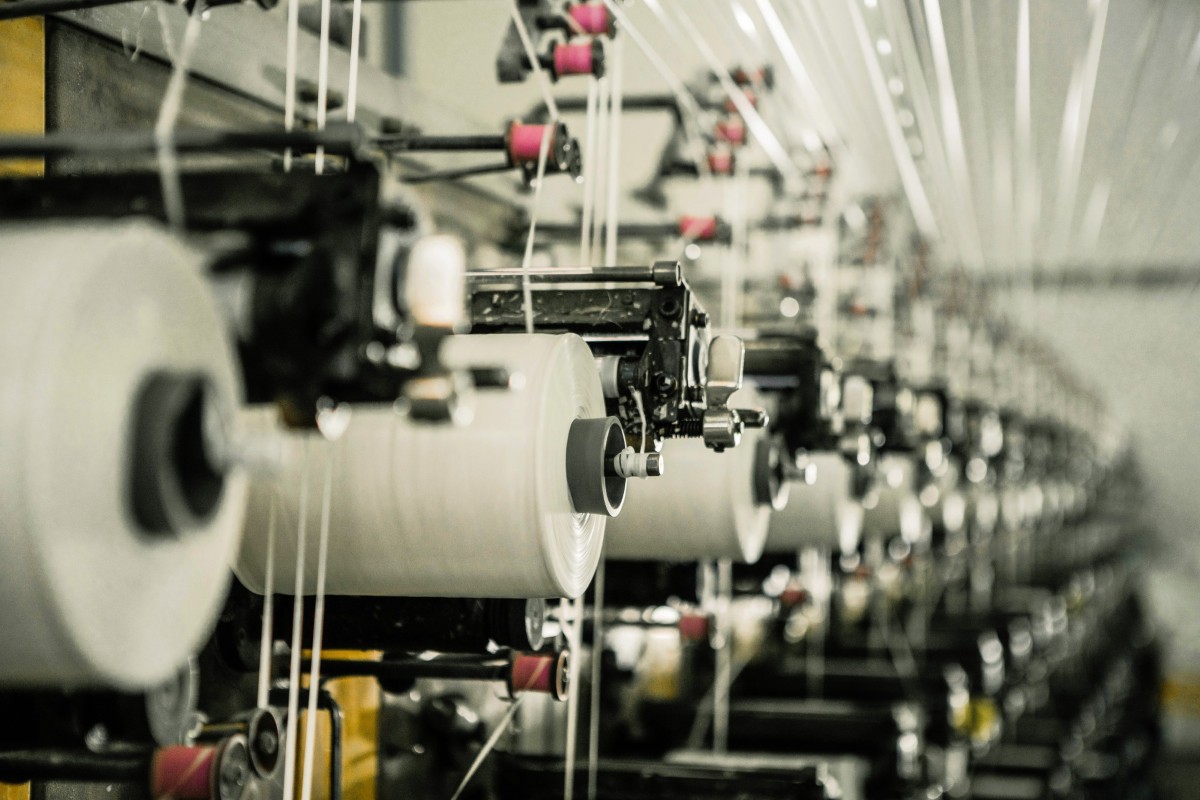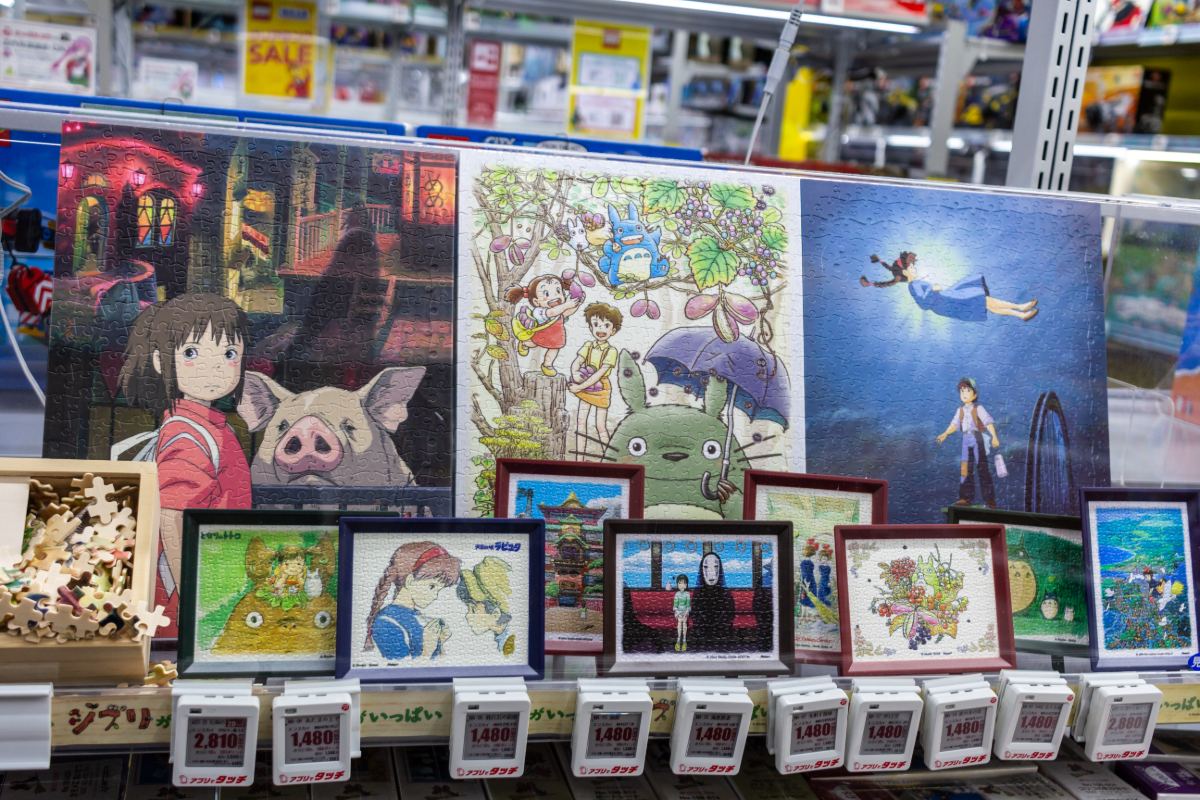Lottie Delamain, Senior Creative Manager for popular mixed retail space L’Usine in Ho Chi Minh City’s District 1, echoed Mya’s thoughts. She said that despite best intentions, the reality was that Vietnamese consumers will rarely invest in unknown designers.
“Our experience is that people are not willing to part with their money unless it’s a really well-known brand that they see all their favourite celebrities wearing, or if it’s really affordable.”
Head of Social@Ogilvy, Vietnam Ha Nguyen Thu An was more blunt on the issue. Addressing Vietnamese shoppers’ obsession with international luxury brands, she put the onus back on new designers and their ability to ‘join the dots’, by connecting their story to consumers.
“Why would I spend US$300 on something that doesn’t relate to me, and has no voice?” she added, before comparing that to a big name like Louis Vuitton, who everyone ‘gets’ because their story is well established.
On the issue of story-telling, Leroy Nguyen, a designer based in Australia and selling successfully to the overseas market, agreed with the need to build what he calls a brand DNA.
Attributing his own global growth to his unique story, he also encouraged emerging designers to think about what makes them individual, and what creates their ‘uniqueness’.
He also warned, in the presence of fellow panellists from Zalora, Head of Marketing Vu Hoang Yen and Harper’s Bazaar Vietnam’s Chief Editor Pham Ngoc Luu Uyen, not to feel pressure to change things up collection after collection.
“In doing that, consumers get confused,” he said.
“Key players like Zalora are less likely to invest in you because they don’t know what your product is about, and you’re less likely to get repeat customers because they don’t understand what trajectory your brand is taking.”
Also taking part in the day’s discussion was Linda Mai Phung from Linda Mai Phung Designs.
More information on the Fashion Colloquia can be found here.
Story: Jon Aspin
.jpg)



